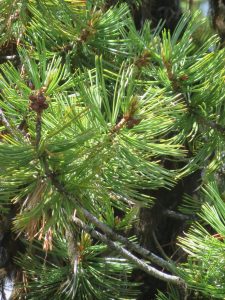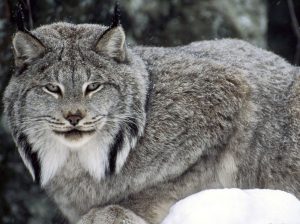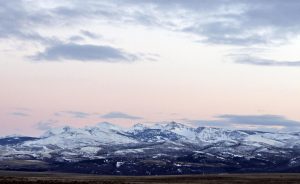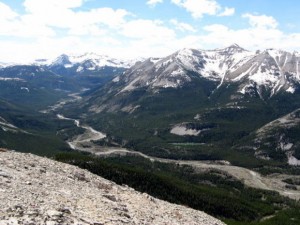UPDATE: The NFPA’s comments on this issue were submitted to the Forest Service on April 29. Read them here. Or visit the “Official Comments” page.
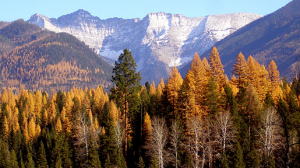
The Flathead National Forest is seeking public comment on a number of “recreation events and services,” several of which would occur on the North Fork. Only a couple of major requests significantly affect the portion of the North Fork north of Big Creek.
The Hungry Horse News has a good write-up on the situation. The items most relevant to the North Fork are quoted below. [Clarifying comments are in brackets.]
“Whitefish Shuttle is seeking a permit to provide guided day-use van tours, biking, and hiking on Forest Service system open roads and trails in the North Fork area of the Hungry Horse-Glacier View Ranger District and west of Highway 93 on the Tally Lake Ranger District. The permit would allow for shuttle services and guided van tours, biking, and hiking and between June 1 and Oct. 31 on various system roads and trails including Forest Service Roads 115 [Red Meadow Rd], 376 [Hay Creek Rd], 909 [road from Hay Creek Rd past Cyclone LO trailhead to Coal Creek Rd], 317 [Coal Creek Rd], 316, 315, 5207 [these last three are the route to Moose Lake, starting at the Big Creek Rd turnoff from the North Fork Rd] and Forest Trails 40 [trail to Cyclone LO] and 266 [Demers Ridge Trail – likely the trailhead near the Camas Road intersection that accesses the ‘quad burn’ trail up Glacier View Mountain].”
“Northwest Adventure Sports is requesting a permit to provide guided ATV tours on “various” open motorized system roads on the Tally Lake and Hungry Horse-Glacier View Ranger Districts. Roads currently requested include Forest Roads 9790, 1658, 316 [Big Creek Rd], 115 [Red Meadow Rd]. The permit would allow for guided trips from June 1 until Oct. 31.”
Also note the following other item of interest:
“Spotted Dog Cycles out of Missoula is seeking a permit to run a “bike packing” tour for one week that would stop in the Red Meadow area one night and then drop down into Polebridge. Owner Joe Riemensnider said the entire tour, which will last six days in July, will cover about 150 miles, but only two are actually in the North Fork.”
The deadline for comments is May 1, although this may be extended. Please read the full official announcement document for details on how to submit comments for the various projects.
Read more at the Hungry Horse News . . .
Read the official Forest Service announcement here . . .



